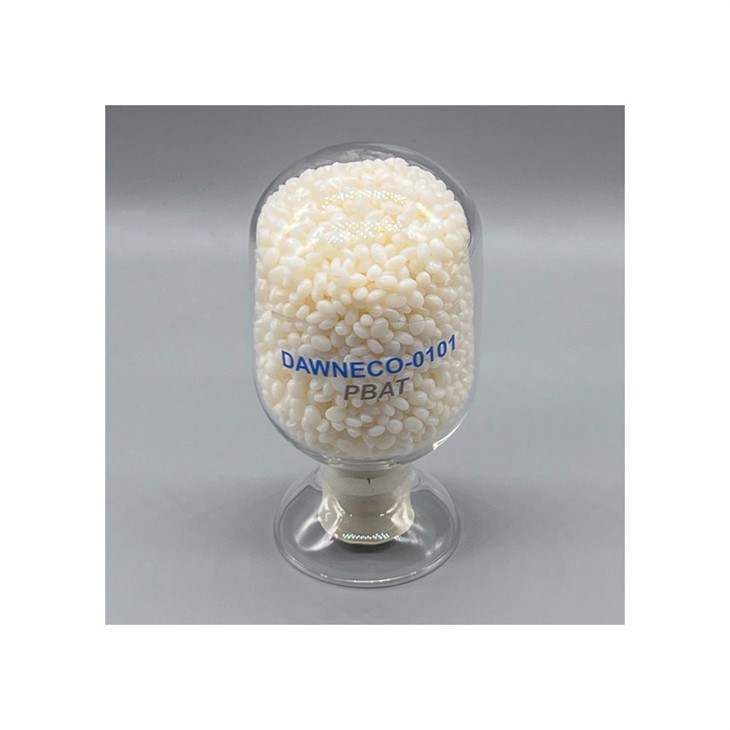The tensile properties of PBAT resin-based formulations were assessed in a universal test machine (Ibertest Elib 30 of SAE Ibertest (Madrid, Spain)) at room temperature, according to ISO 527-1 [43]. The tests were carried out with a load cell of 5 kN and a crosshead rate of 500 mm/min. Specimens in a dog bone-shape "1BA" type (80 × 10 × 4 mm) according to ISO 527-2 [44] were used. The determined parameters were Young's modulus (MPa), elongation at break (%), and tensile strength (MPa). Young's moduli were calculated from the initial slope of the stress–strain curves (0.05–0.25% strain range). The hardness test was performed in the Shore D durometer 673-D by Instruments J. Bot S.A. (Barcelona, Spain) in rectangular-shape specimens with dimensions: 80 ± 2.0 × 10 ± 0.2 mm2 and 4 ± 0.2 mm thickness. Five specimens for each formulation were tested out and the mean and standard deviation of each mechanical property are reported.
Microstructural Characterization
Field emission scanning electron microscopy (FESEM) was conducted on a Zeiss Ultra 55 microscope at 1 kV over the cryofracture surface of the samples. Then, the samples were mounted on aluminium stubs using double sided adhesive tape and coated with a gold-palladium alloy layer for improved conduction. The samples were kept in a vacuum chamber prior to analysis.
Thermal Characterization
Differential scanning calorimetry (DSC) tests and thermogravimetric analyses (TGA) were used to determine the thermal parameters of PBAT and PBAT resin-based formulations. For the DSC analyses, samples (5–10 mg) were tested, under nitrogen flow of 30 mL/min at a heating rate of 20 °C/min, in a differential scanning calorimeter Mettler Toledo 821 (Mettler Toledo, Schwerzenbach, Switzerland). A three-stage temperature program was used: heating from 25 to 260 °C; cooling to −50 °C; and reheating to 300 °C. Melting temperature and crystallization temperature were recorded.
The TGA analysis was carried out in a thermogravimetric analyser TGA PT1000 from Linseis (Selb, Germany). Samples (15–20 mg) were scanned from 35 to 700 °C at a heating rate of 10 °C/min nitrogen atmosphere with a flow rate of 30 mL/min. The initial (T5%) and final (T90%) degradation temperature were reported as the temperature to which the material loses 5% and 90% of its initial mass, respectively. Additionally, the maximum degradation rate temperature (Tmax) was determined at the peak of the first derivative of the TGA curve (DTG).
Hot Tags: pbat features, China pbat features manufacturers, suppliers, factory, pp pe ptfe, pp spunbond, hdpe natural, pp plastic resin, titanium 2 oxide, Plastic LDPE Film Grade


















